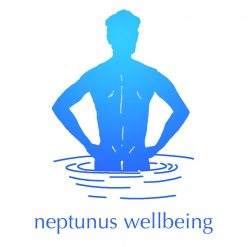Categories: Exercises
Take a moment to remember LongCovid Day
15-03-2023 – Today is LongCovid Day. Some people suffer from long-term complaints after a corona infection, also known as Long Covid or Post-Covid. Now that we have all resumed our normal daily lives and the Covid-19 pandemic is officially over, these people are less visible.
One in eight Dutch people have long-term complaints after a corona infection. This is the conclusion of researchers from UMC Groningen and Radboud university medical center after analyzing the health data of 13.000 Dutch people. They compared the complaints of people before and after they had COVID-19.
It concerns a wide range of complaints that can persist for a long time. For example; shortness of breath, fatigue, concentration problems and/or being sick after exercise. The intensity differs per person.
The term 'long' comes from the English word for 'long' and therefore indicates that it concerns long-term complaints. The name therefore does not say that it concerns complaints of the lungs. Below you can read a few recent tweets from people suffering from LongCovid.
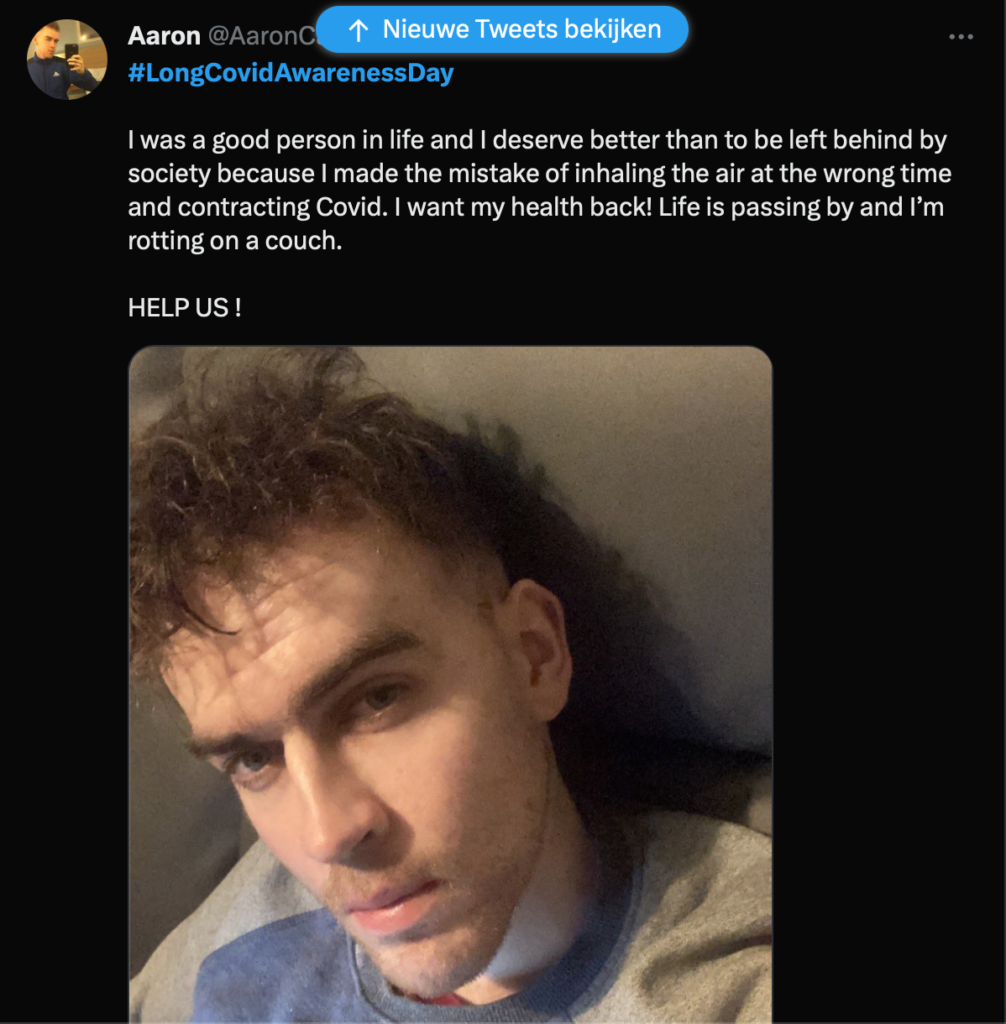
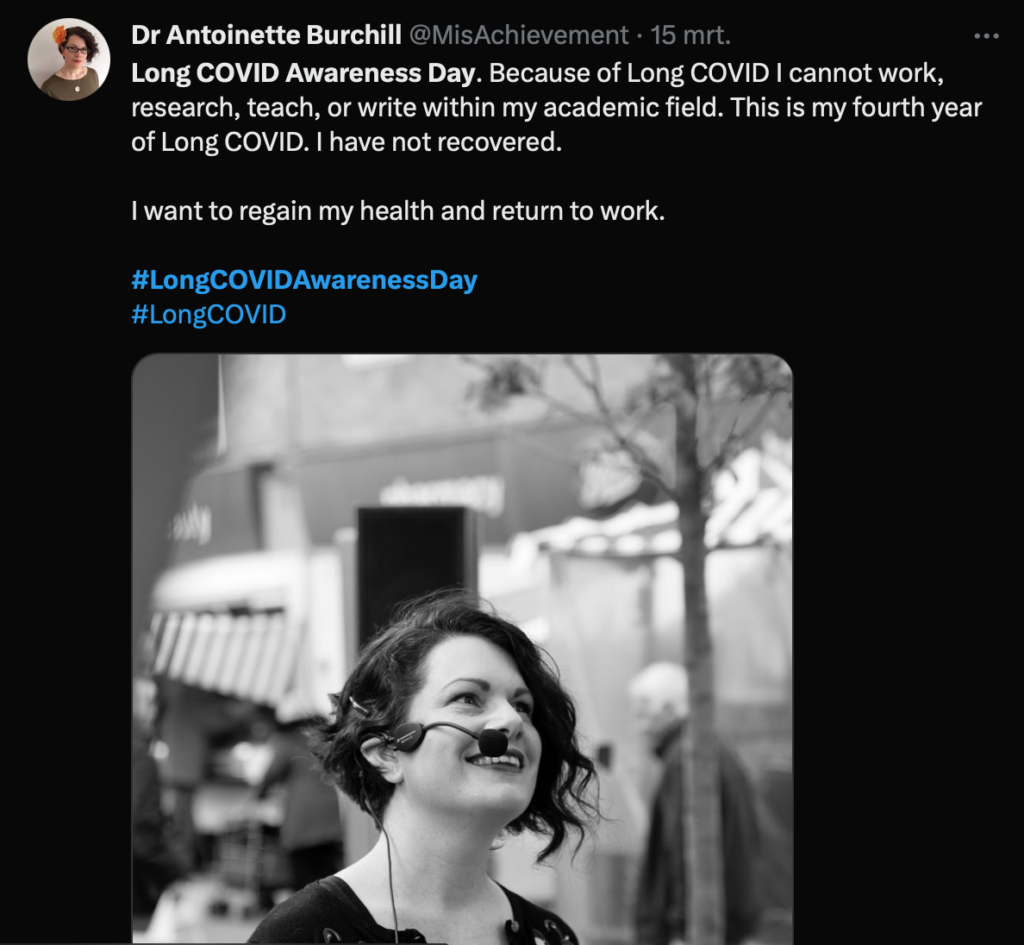
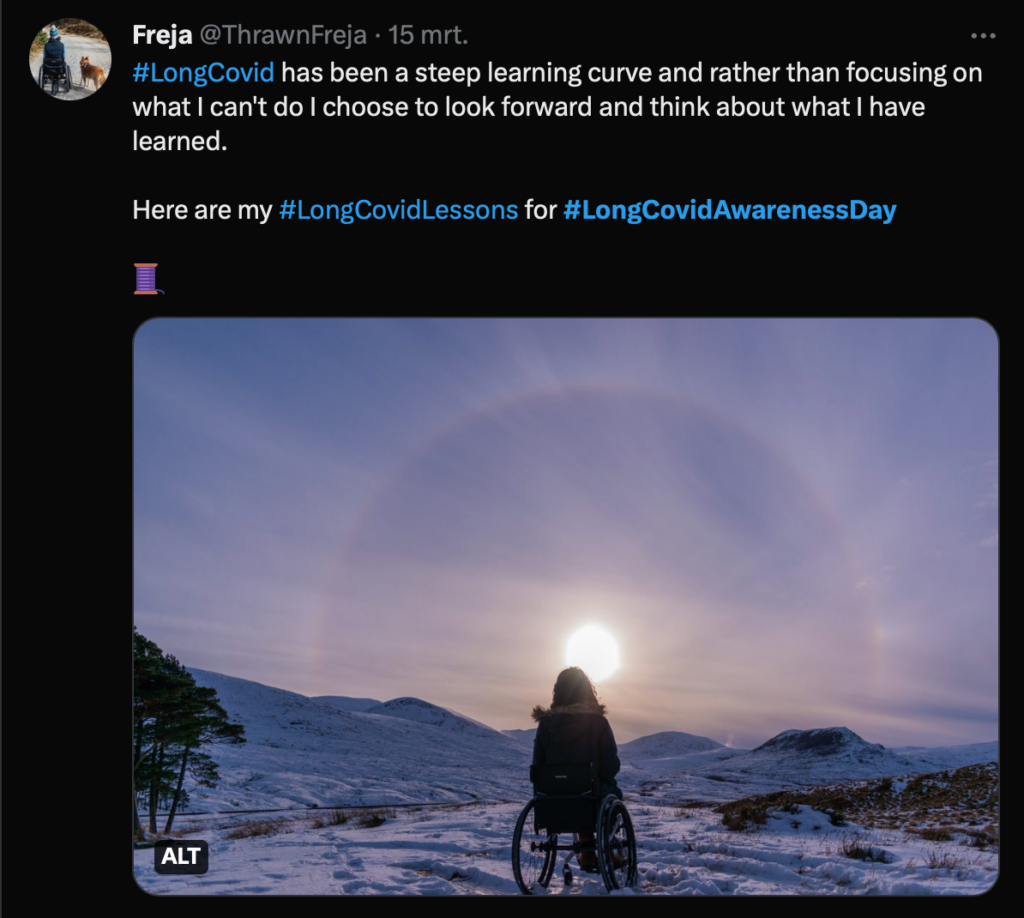

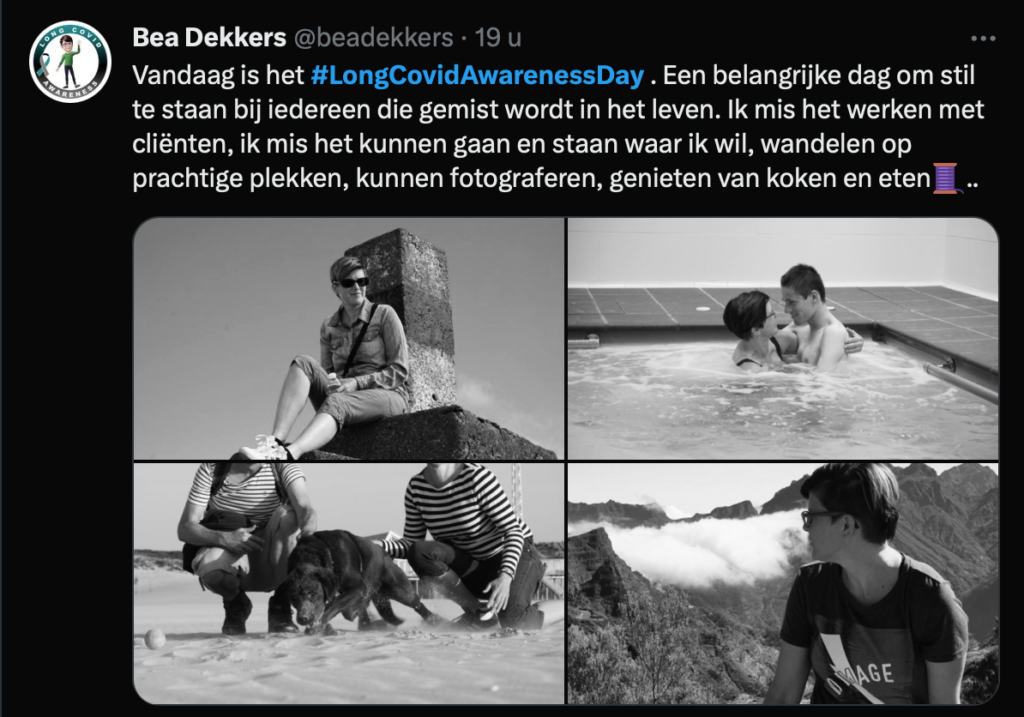
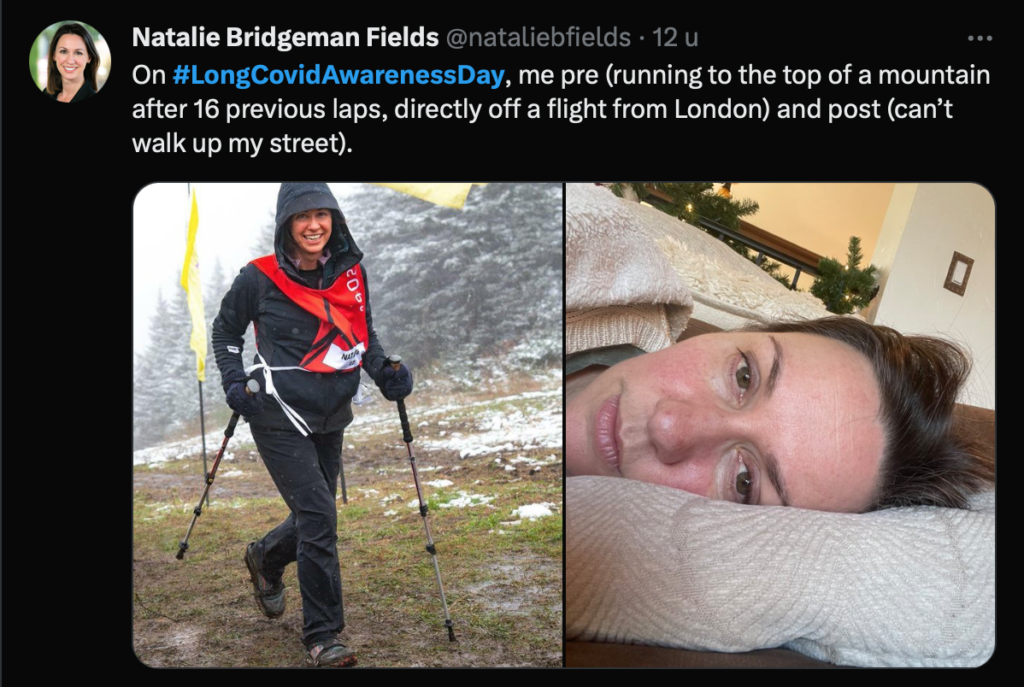
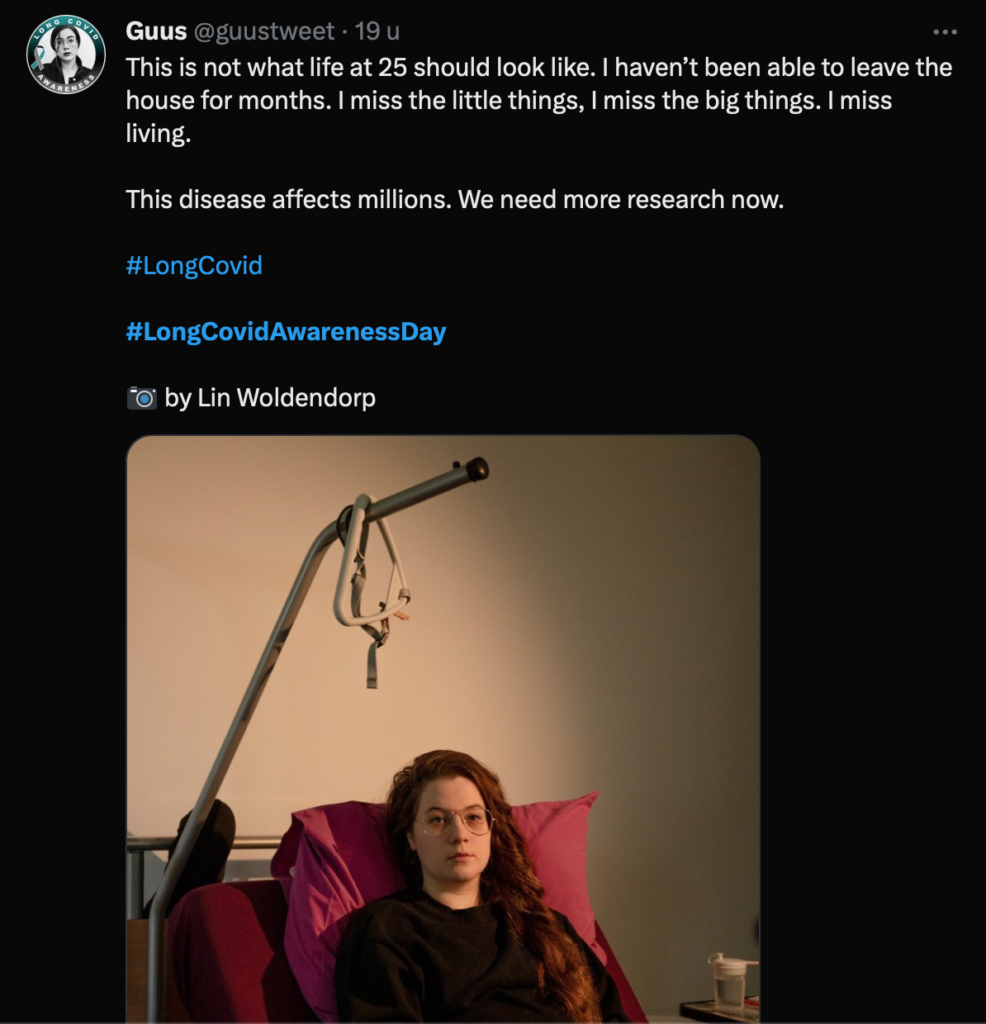
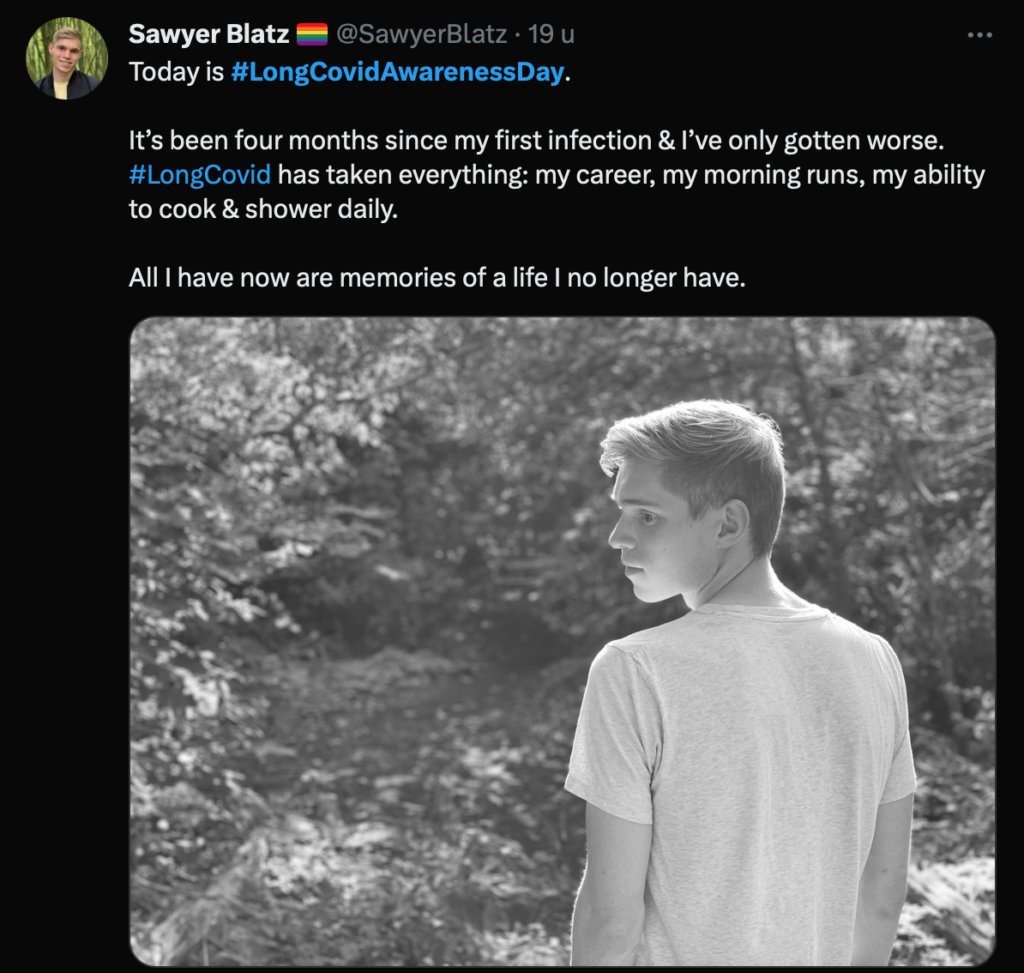
What is LongCovid?
LongCovid is a condition with often severe symptoms that can affect many different organs. It occurs after infection with SARS-CoV-2. Symptoms include cardiovascular, respiratory, and neurological. Think of loss of smell and taste, fatigue/exhaustion, cognitive complaints, dizziness, sickness after exercise (PEM), high heart rate when standing up (POTS) and mental complaints such as anxiety. The World Health Organization (WHO) has released an official clinical definition for Long Covid. This condition is called 'Post-Covid-19' by the WHO. Patients often do not belong to a risk group and sometimes led very active lives, as can be seen in the gallery below.
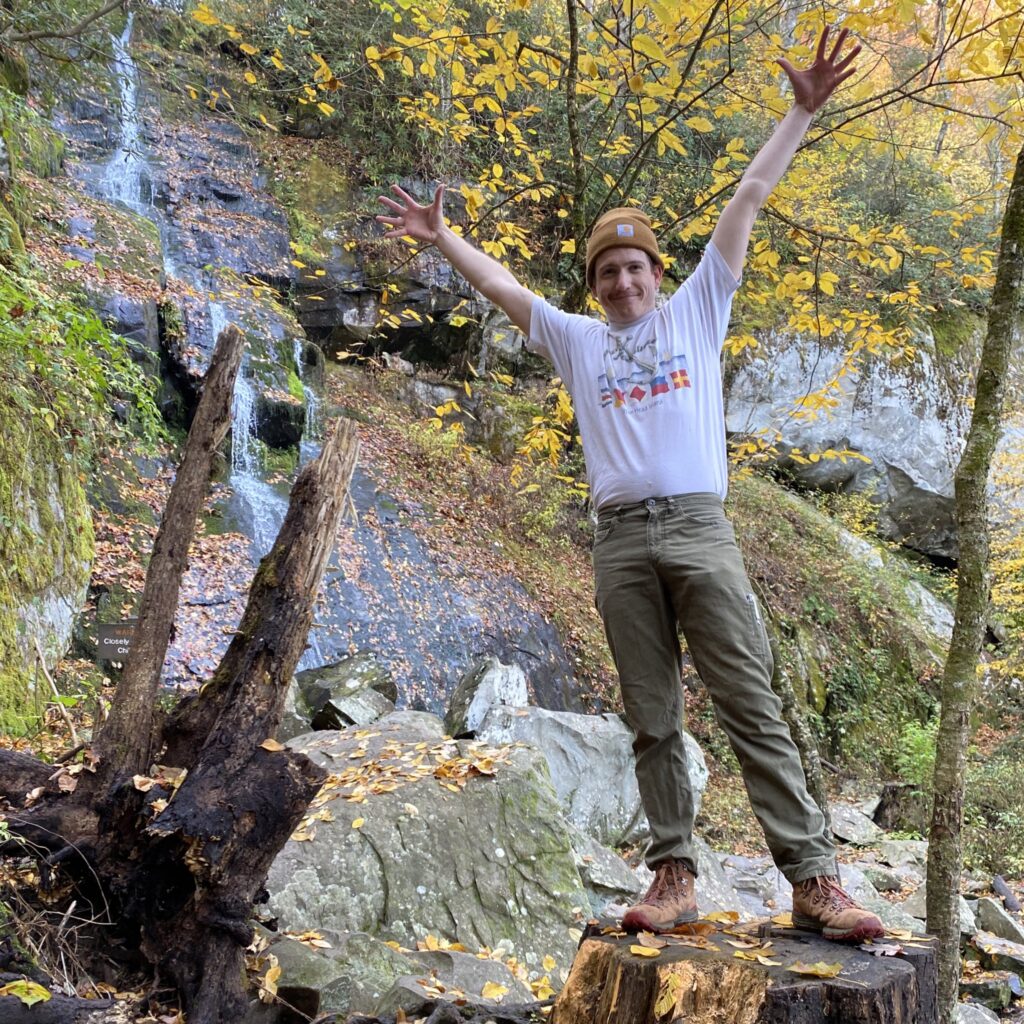
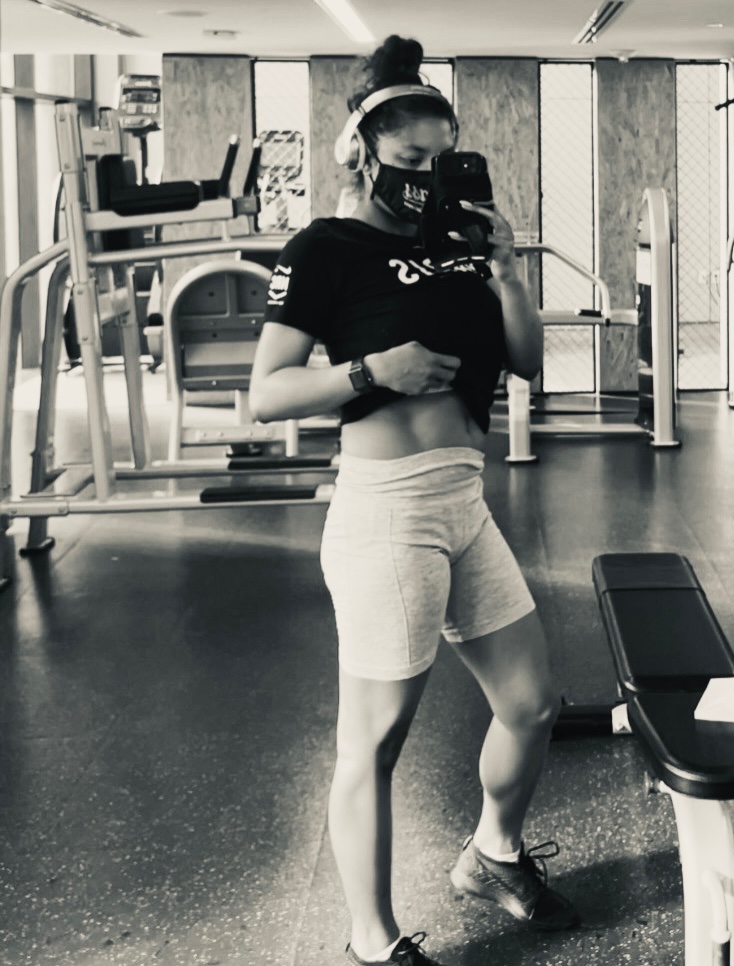
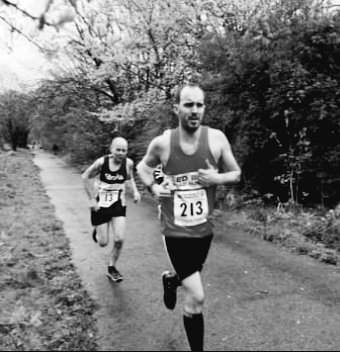
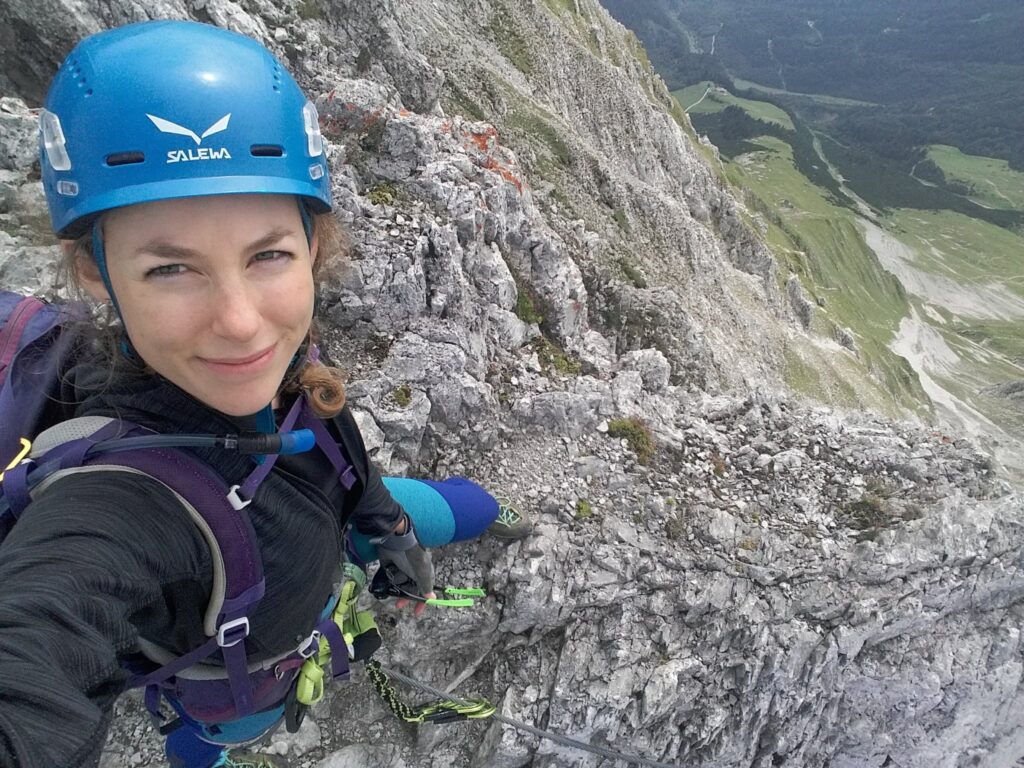
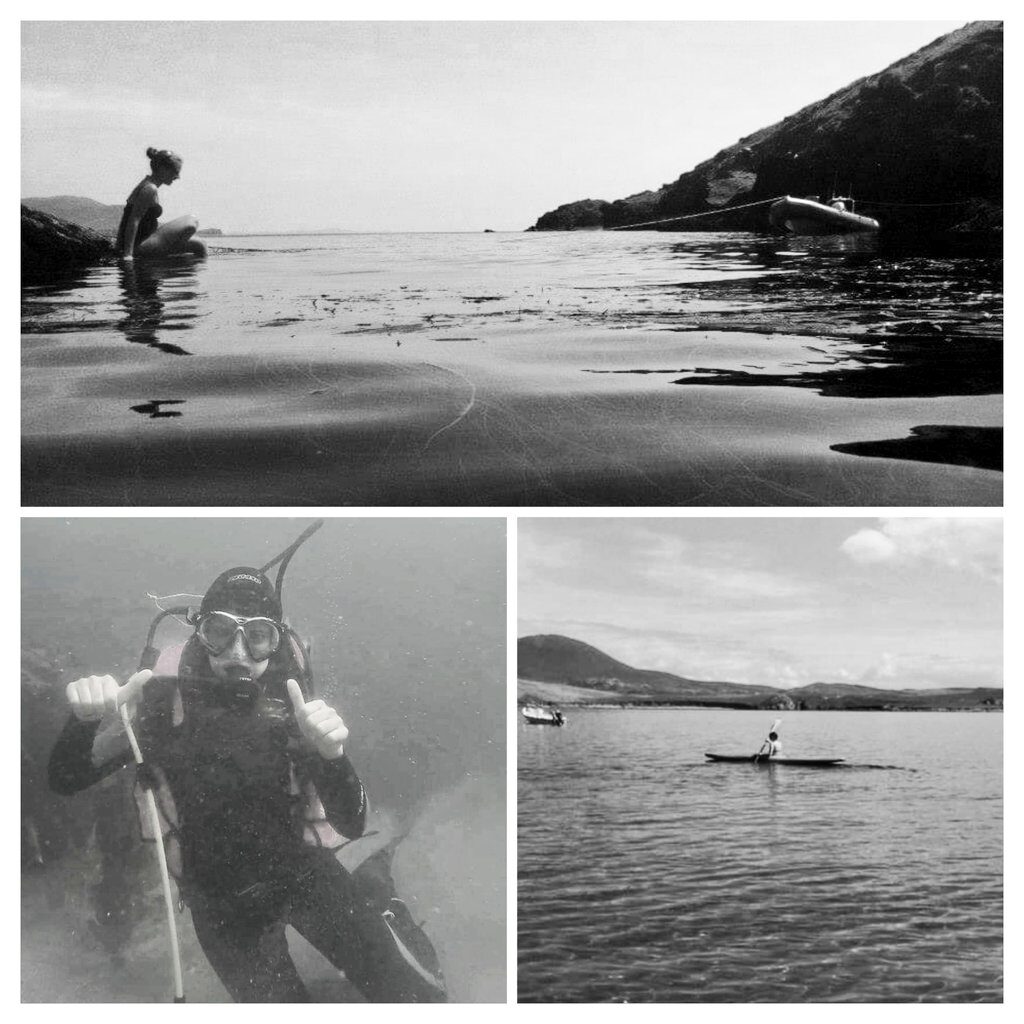
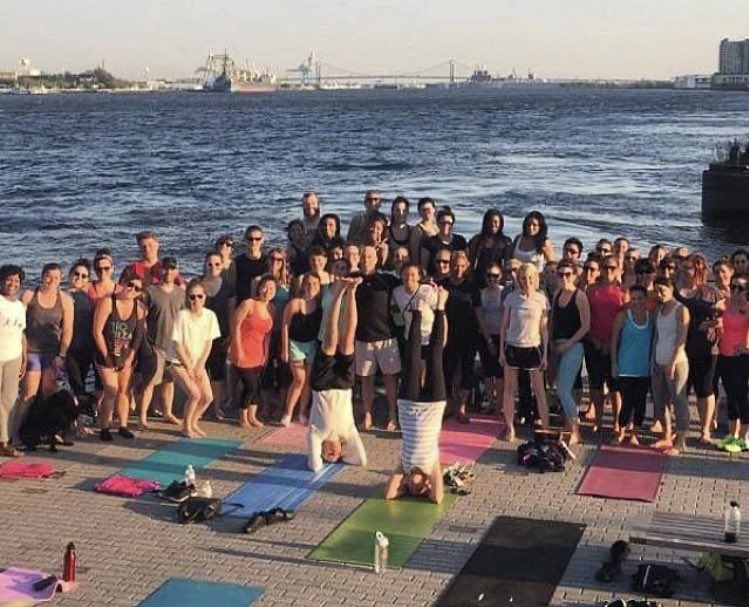
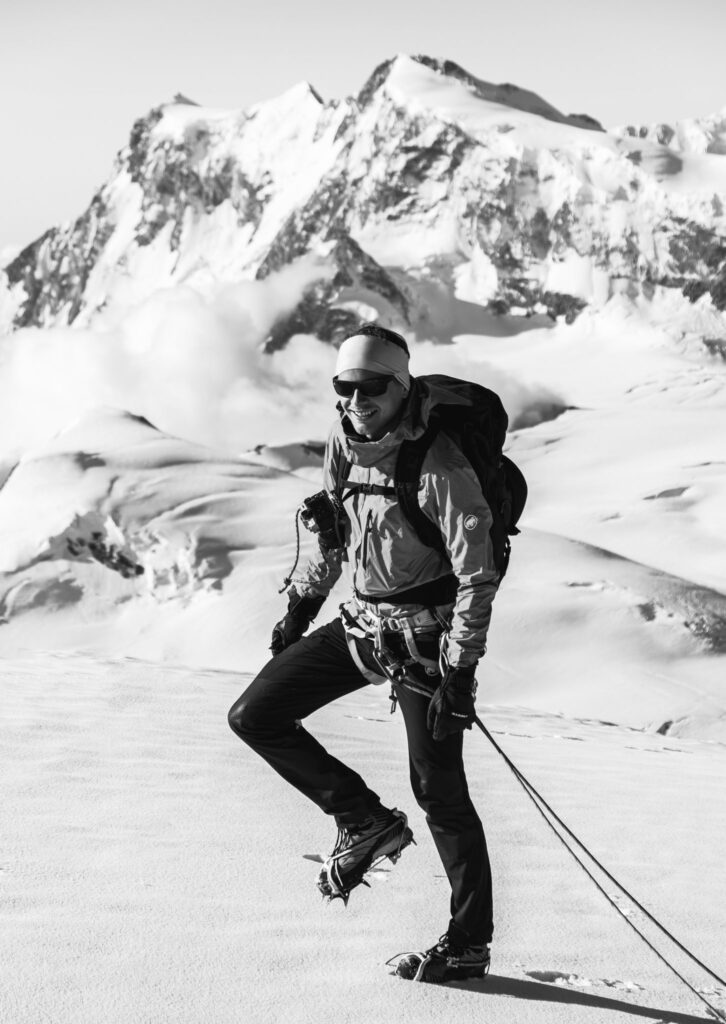
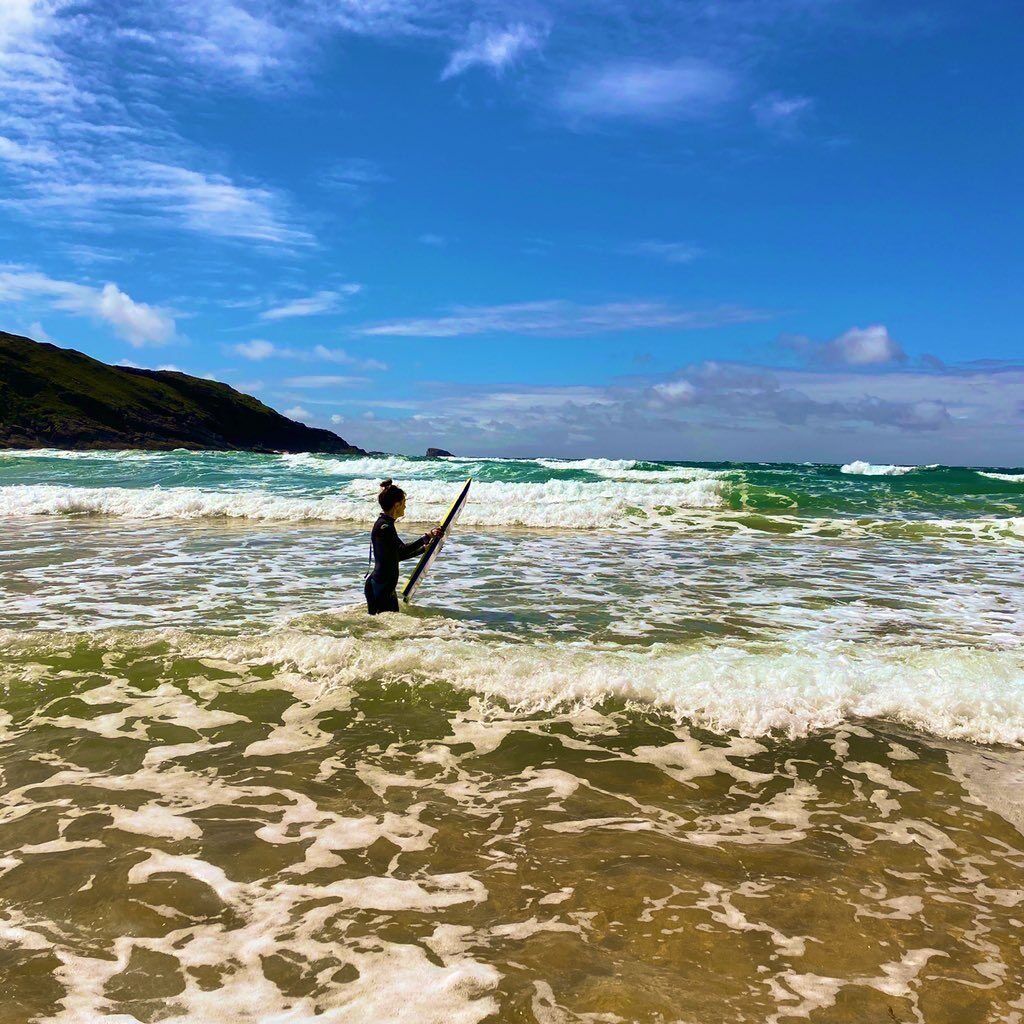
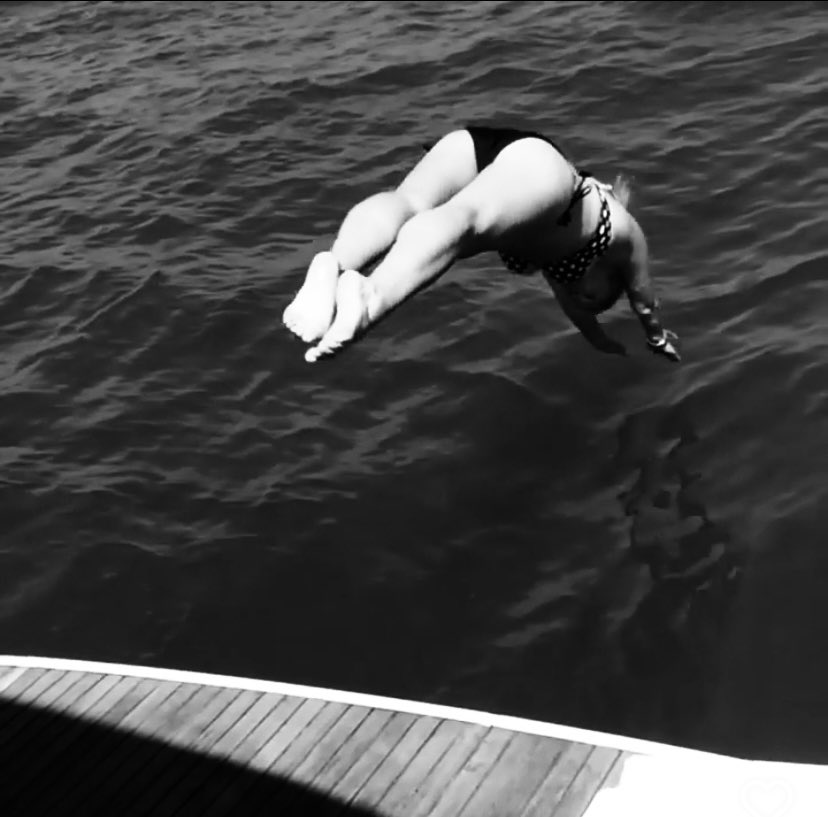

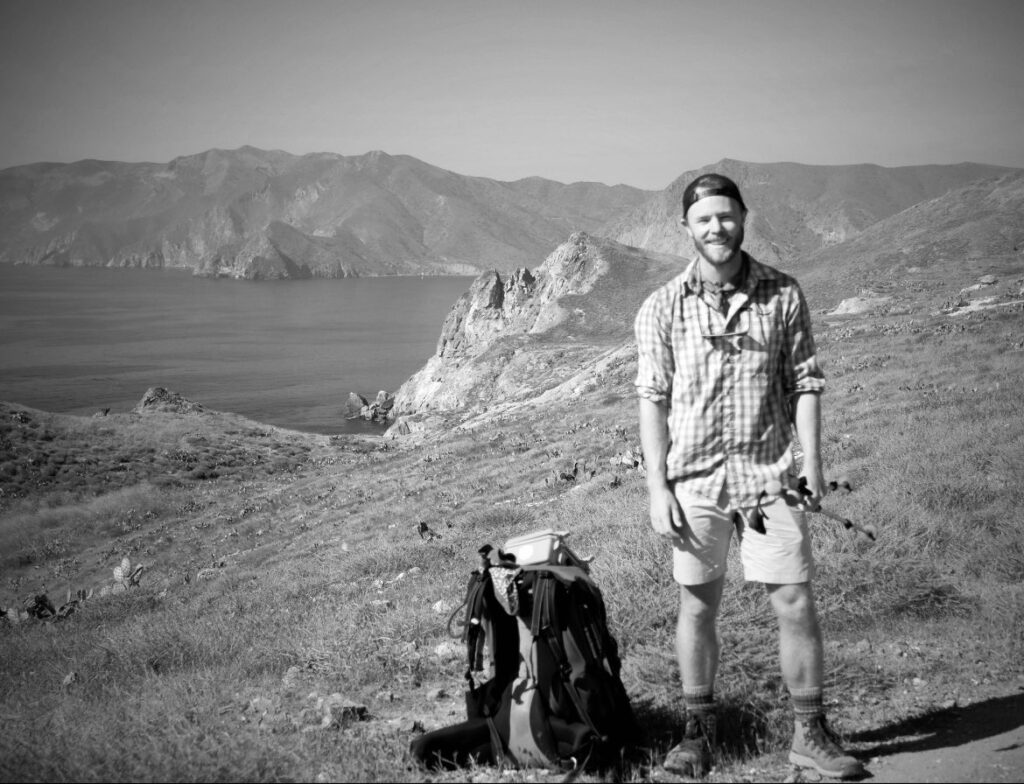
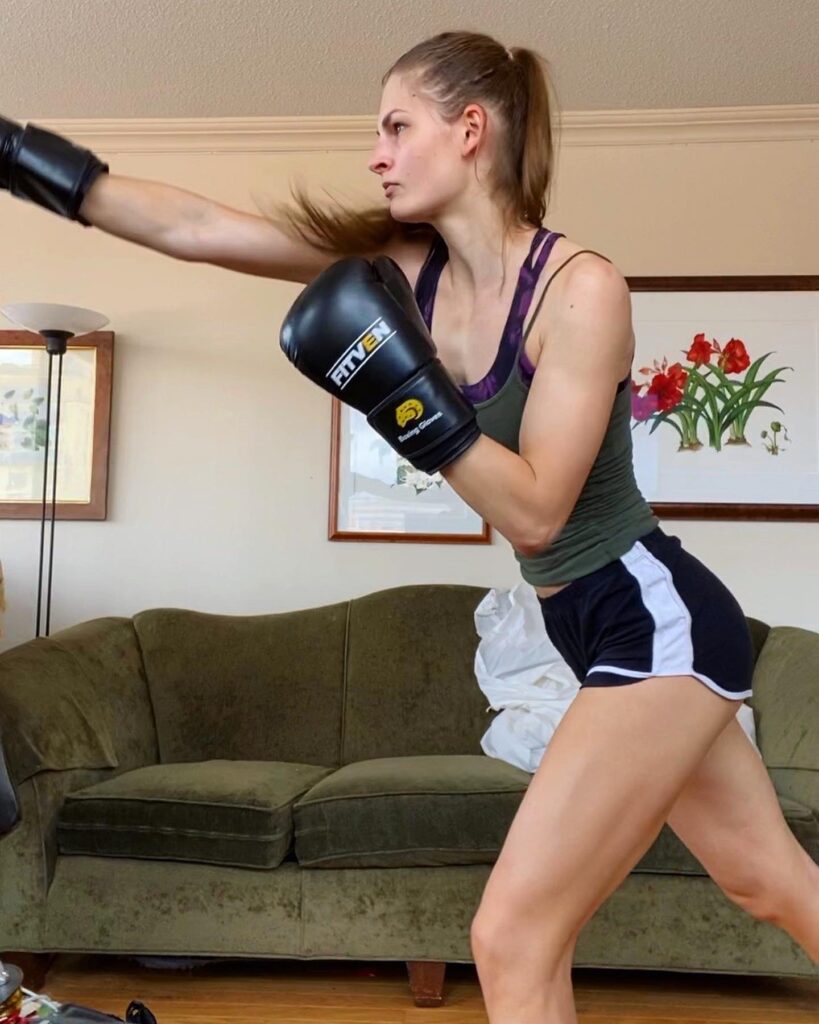
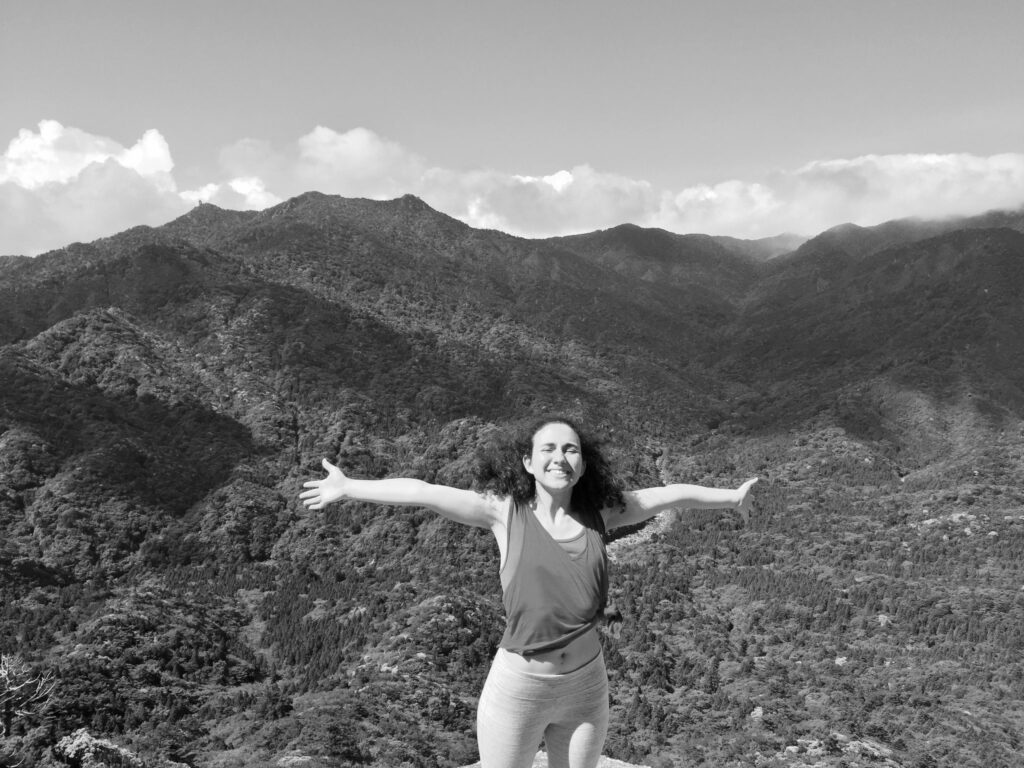
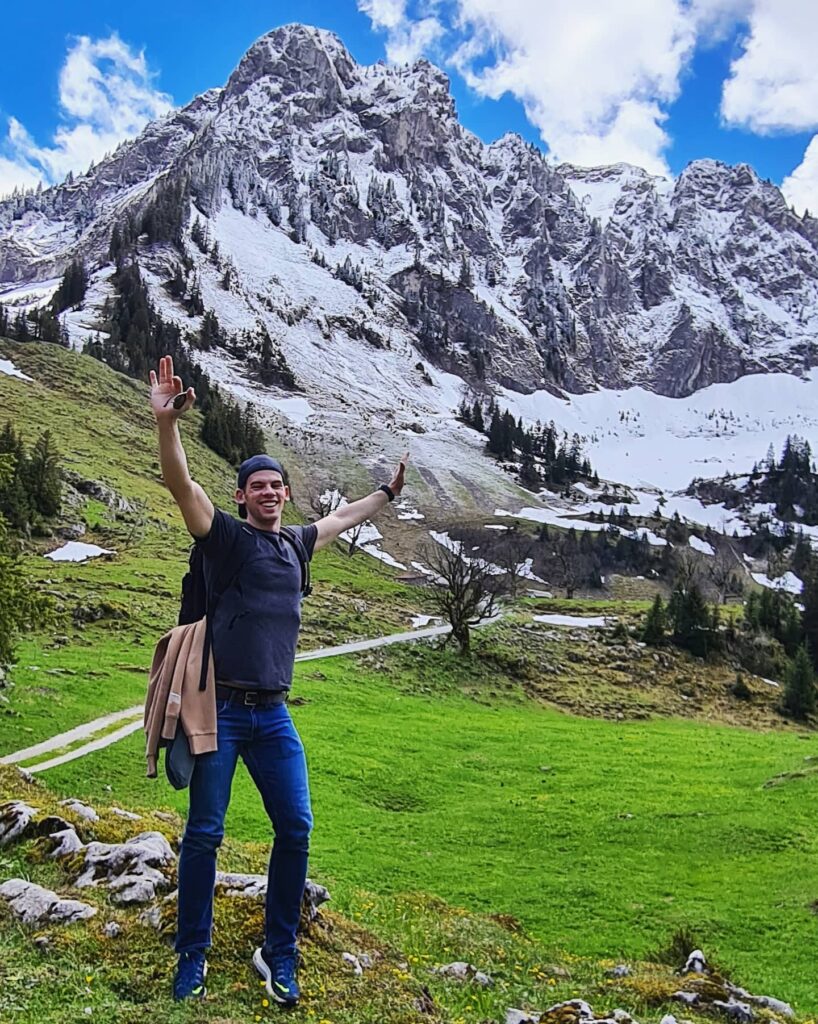

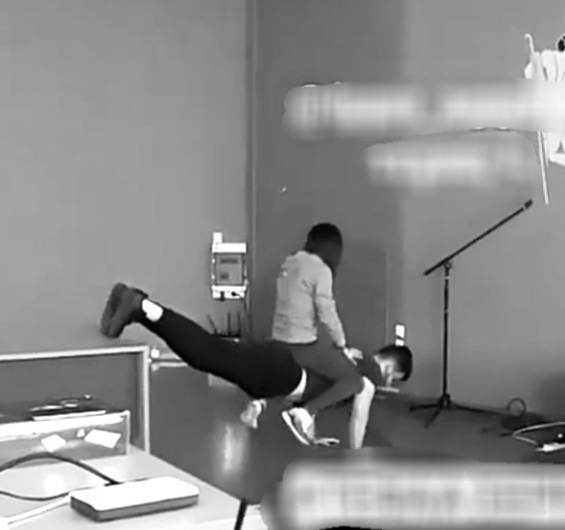
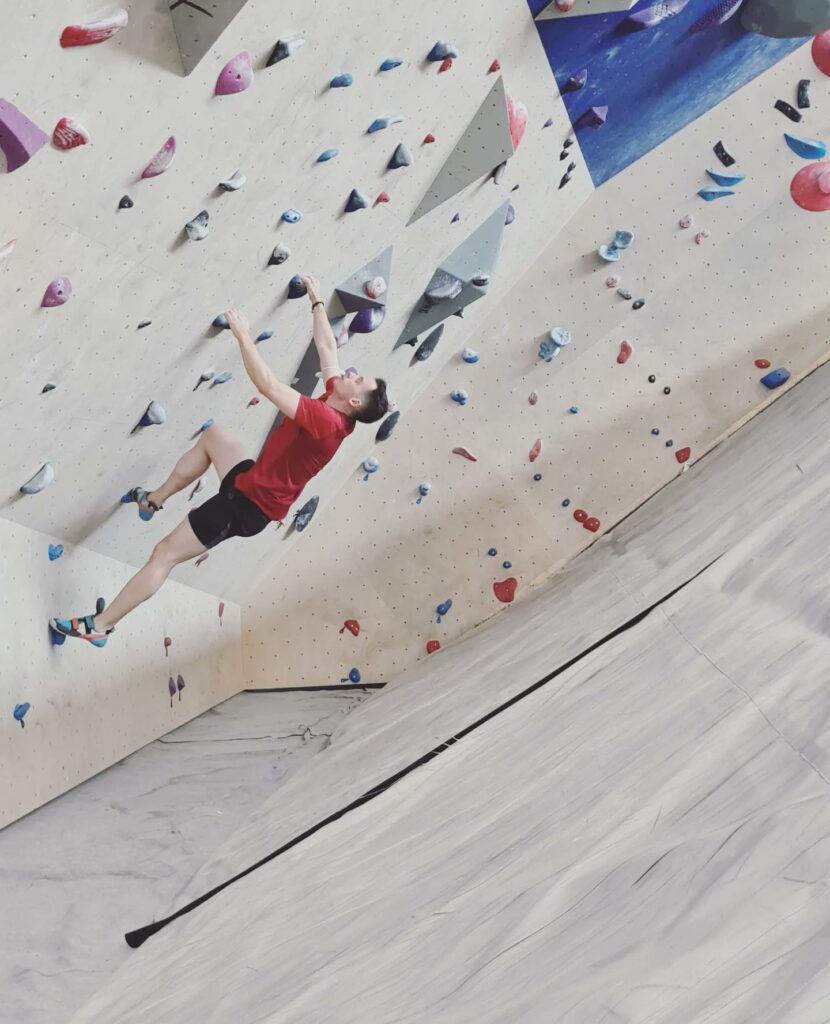
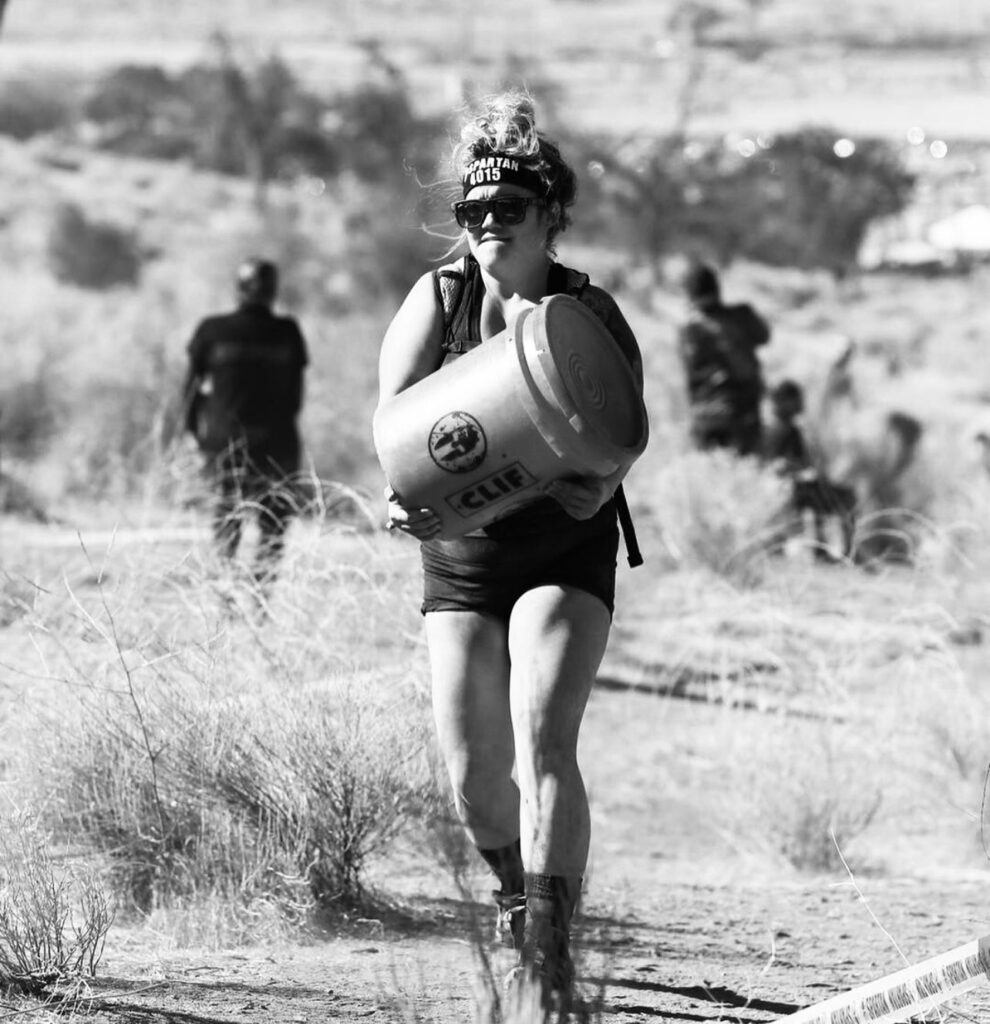
Recovery process
Unfortunately, little is known about an effective healing and recovery process. In my practice I deal a lot with people who suffer from LongCovid. In many cases they benefit from mindfulness and breathing exercises, but often massage can also reduce complaints and even promote recovery.
Why breathing exercises?
You can experience various Post-Covid complaints related to your breathing. Some people have lung damage, but you can also unknowingly exert yourself too much to breathe. As a result, you use more energy. That is extra tiring and you stay tired longer after exercise.
Breathing too fast can also cause tension and anxiety. It is good to start breathing more slowly and breathing exercises can help with that. You can achieve a lot with simple techniques.
If the respiratory muscles are tense all the time, they are much more active than necessary. You use unnecessary energy during quiet activities such as reading or watching a movie. What helps then is to breathe through your nose. And to focus on the exhalation, so that you breathe more relaxed. This also prevents you from breathing in too much air, which can be a cause of fatigue. The production of energy in the cells requires a good balance of carbon and oxygen in the bloodstream.
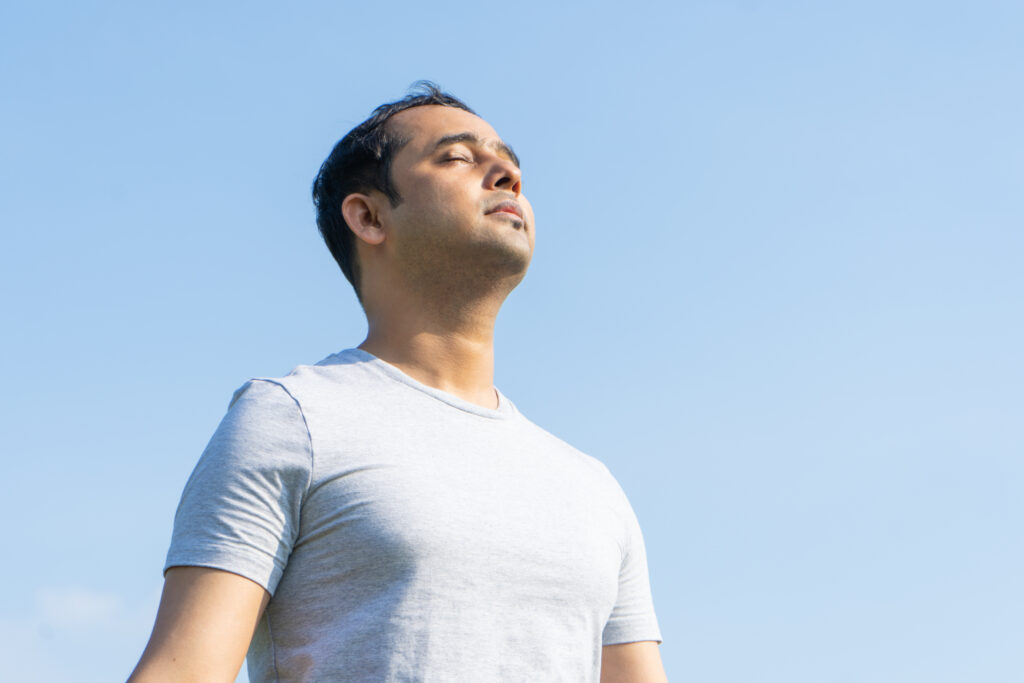
Simple Breathing Exercise
If you have Long Covid, you can do this simple breathing exercise. With this you observe and slow down the breathing and put your body in a more relaxed position:
- Breathe in through your nose.
- Exhale through your nose twice as long.
- Take a short break before inhaling again.
Do this for a few minutes. This nasal breathing exercise is best done sitting or lying down. Like other muscles, the respiratory muscles can be trained. It is better to practice briefly every day than for an hour once a week. If you're just starting out with breathing exercises, it can feel a bit uncomfortable. If you continue to practice, that feeling will probably go away on its own. Make it as easy as possible for yourself and practice in bed for five minutes in the morning, for example. You are already lying flat, so that the diaphragm can relax better due to gravity.
Relax neck and shoulders
Those who suffer from tension, stress or anxiety often have a tense neck and shoulders. You can experience this after corona. Relaxing your neck and shoulders affects your breathing, because the breathing muscles also relax. This has a positive effect on your energy level and also on your state of mind. A massage can help to make you aware of tension in the neck and shoulders and immediately ensures more relaxation of these muscles.
Breathing exercise during exercise
Speech therapist Hanneke Bax has developed various exercises that can help with the recovery from LongCovid. Do you often get out of breath or become short of breath while speaking? This may be because you started breathing differently in response to previous tightness or pain in the lungs. In this video show speech therapist Hanneke Bax how tiring it is when your breathing doesn't support your voice.
You can find more exercises from her on this page.
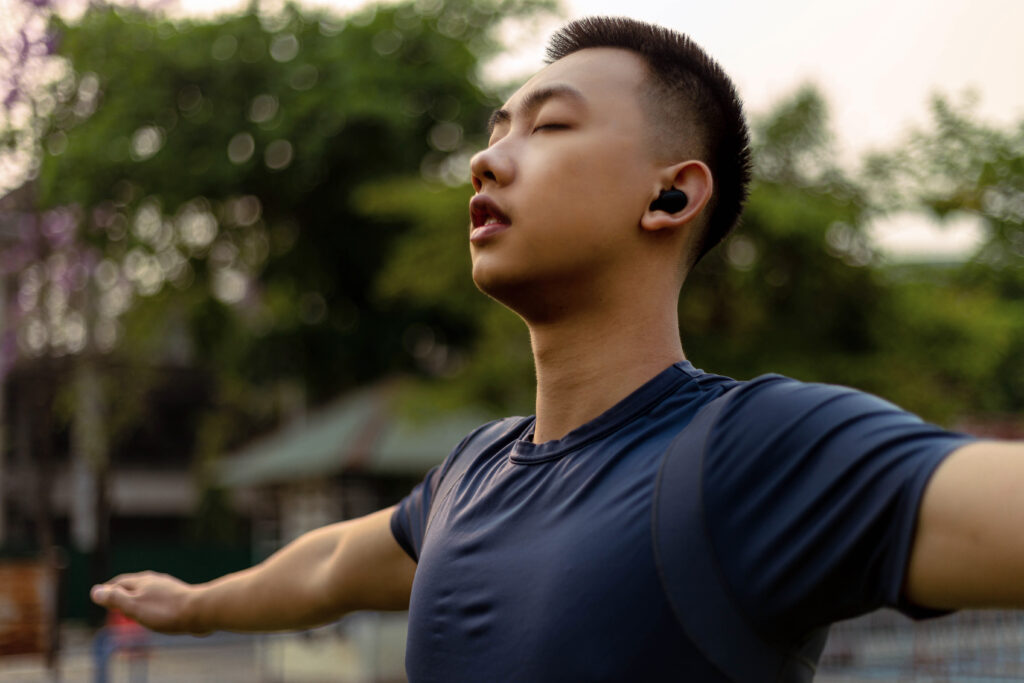
Recovery Massage at Long-Covid
The approach to cramps, tension, connective tissue and alertness that is common in Long-Covid can be reduced with a recovery massage, developed by PositiveTouch (School for Holistic Massage and Awareness). A Recovery Massage is aimed at restoring and regaining your own vitality by giving the body space to release tensions and to be able to reset. The massage is especially effective in the connective tissues of the muscles. In the massage, both breathing is reactivated and cortisol production is stabilized. Its own self-healing ability is also activated.
Read more here Massage Magazine about massage for LongCovid complaints:
Contraindications for massage
LongCovid has many manifestations and the symptoms differ per person. A deeper understanding of how it affects you as an individual is important to determine which methods of treatment work best for you. You have this conversation with the general practitioner and specialist. It often emerges from these conversations that a massage on a regular basis can be effective, because it stimulates the immune system, it also relieves tension and can therefore contribute to recovery.
But when your body is still actively fighting a virus like Covid-19, or when you go into fight-flight mode as a result of touch, a massage can make things worse. That is why choosing a suitable massage requires careful coordination with the client. You can read more about considering whether or not a massage is desirable in Susan Harrison's article (pdf document).
Protected: Learn to relax your pelvic floor
Protected: Video impression of silent days
Metta provides loving kindness
I regularly practice Mettā meditation, to experience more inner peace and tranquility within. Especially when I feel annoyed or angry or if I find myself judging others, it helps me to let go of these feelings and accept others for who they are. The monthly “Inner Peace and World Peace” meditations that I give online are based on Mettā.
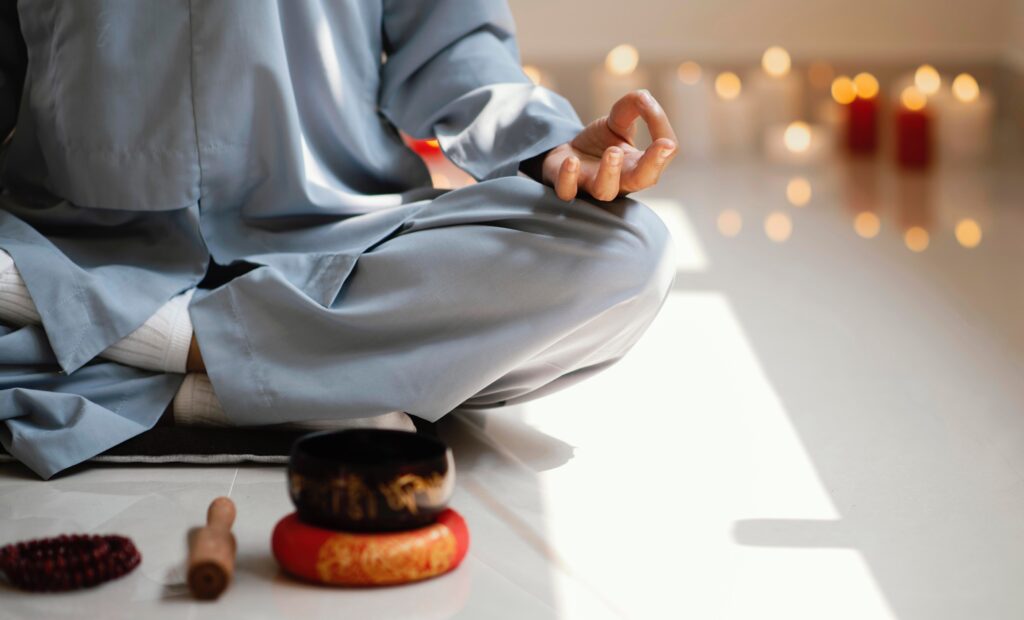
Mettā, or loving-kindness meditation, is an expression of what you most deeply desire for yourself, not only for today, but also tomorrow and in the future. You can compare the meditation with a Mantra or Sutra, so a poem that you recite. You consciously dwell on the meaning and let it affect you. You speak simple sentences, large enough and general enough to wish them for all beings everywhere. For example: “May I live in safety. May I be happy. May I be healthy. May I live with ease.” You can create your own “poem” with phrases that work best, they don't have to be the original classical phrases from the Mettā Sutta.
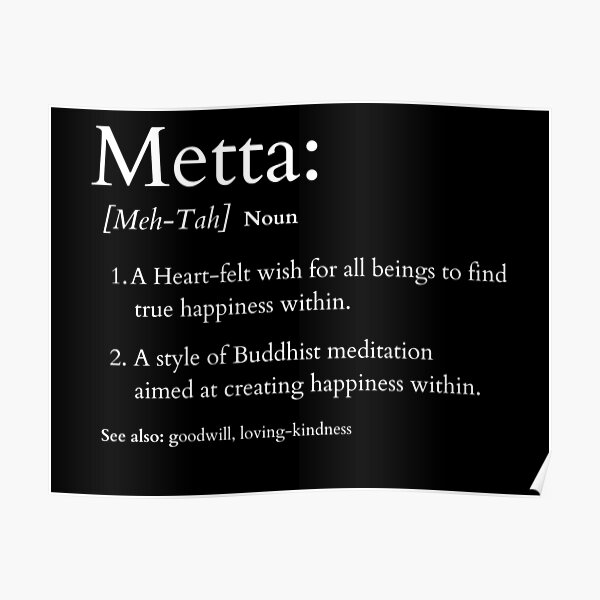
Background
Practicing kindness (mettā bhāvanā) is a popular form of Buddhist meditation. Mettā comes from Pali (Sanskrit: Maitrī) and means benevolence, loving kindness and active interest in others. It is the first of the four sublime states in the meditation of Brahmavihara (the divine abodes). It is also one of the ten pāramīs of the Theravāda school of Buddhism. Metta as 'compassion meditation' is often practiced in Asia through broadcast chanting, where monks chant to the audience.
The principle of compassion and universal loving-kindness concept of Metta is discussed in the Metta Sutta. The backstory for the Mettā Sutta is that a group of monks feared the earth devas in the forest where the Buddha had sent them to meditate. When the monks asked the Buddha for advice on how to deal with the situation, the Buddha taught the monks the Mettā Sutta as an antidote to overcome their fear. The monks recited the sutta and radiated loving kindness. Their good will made the earth devas feel at ease and also kept quiet.

Instruction for Metta meditation
You can start by sitting or lying in a comfortable position and closing your eyes. Sit with your back straight, without being tense or arched. Take a few deep breaths, relax your body.
You can repeat these phrases gently and again, rest your mind on the phrases, and when you find your attention has wandered, don't worry about it. If you find yourself drifting off the lines, see if you can gently bring your thoughts back and start over.
We start by wishing ourselves the best. Repeat the sentences slowly and for a chosen period of time or repetitions:
- may i be happy
- May I be healthy
- May I be free from suffering,
- May I live in peace
- May my life be blessed with ease.
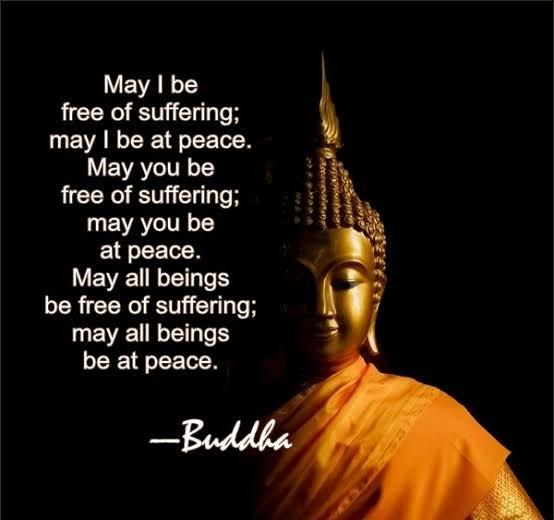
You can then think of someone you care about – a good friend, or someone who has helped you in your life, someone who inspires you. You can visualize them, say their name to yourself. Get a sense of their presence and then address the phrases of loving-kindness to them.
May you be happy, may you be healthy, may you be safe,
May you live with ease.
Think of someone you know who is currently having a hard time. They have experienced a loss, a painful feeling, a difficult situation. If someone like that comes to mind, bring them here. Imagine they are sitting in front of you. Say their name. Get a sense of their presence and offer them the expressions of loving-kindness. “May you be happy, healthy, safe and live with ease.”
Think of someone who plays a "neutral" role in your life, a position you don't know very well, or don't have a particular feeling for or against. Maybe the cashier at the supermarket where you shop, the gas station attendant, someone you see regularly. When you think of such a person, imagine that he is sitting in front of you, and offer him the same expressions of loving-kindness. “May you be happy, healthy, safe and live with ease.”
This practice opens us to the ability to include rather than exclude, connect rather than overlook, and care rather than be indifferent, both to ourselves and to others. This pursuit can infinitely extend to all beings in a limitless way, excluding no one: “May all beings be happy, healthy, safe and live with ease.”
Below you will find a video instruction of a Mettā meditation.
Here you will find a video instruction of a Mettā meditation in English.
Protected: Mindful Masturbation
It is best to go outside to move
March 30 2020
In Italy, Spain and Belgium, a general “lockdown” applies to prevent further spread of the (COVID-19) Coronavirus. It is almost forbidden to go outside there. In the Netherlands and Germany an “intelligent lockdown” has been announced for the time being, so we can still go outside to move.
That's good news, because in addition to eating healthy, outdoor exercise helps to keep your fitness level and less susceptible to diseases. So let's enjoy our freedom while it is still possible. Go out (alone!) To move!
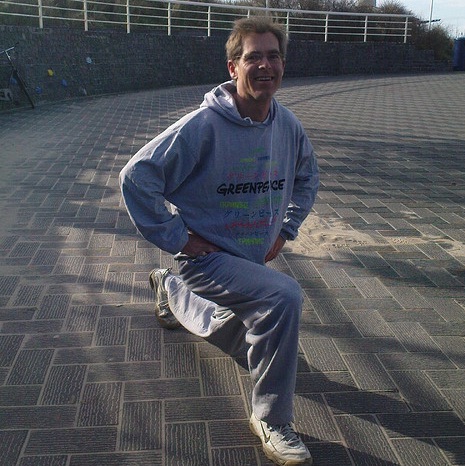
What is allowed and what is not allowed?
The national government advises: "Stay at home as much as possible." But on the website you can also read: “Getting some fresh air and exercising outside is fine, but preferably do not exercise in a group. Keep enough distance and go outside alone or with your family. ” If you do not comply with this, you risk a fine of € 400.
Virologist Marion Koopmans (professor of virology at Erasmus University), who advises the European Union, adds: 'Keep 1,5 meters away. It is best to exercise outside, but do not do sports where you are on top of each other. If you have complaints, just stay home. Remember that you may be contagious, even if you are not bothered yourself. You have to do that because otherwise there is no place in intensive care for your (grand) parents. '
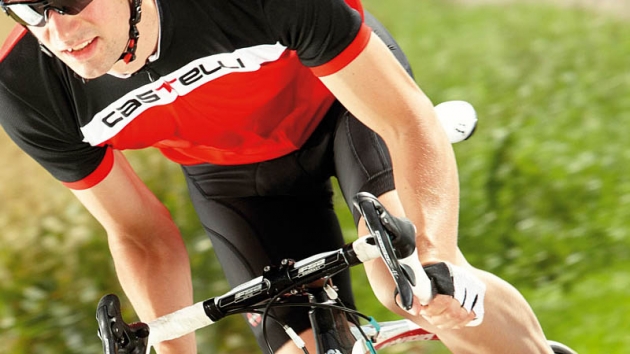
Why is outdoor exercise so healthy?
Five reasons to exercise outdoors:
- The UV light makes your body produce this vitamin in the skin. The UV light provides vitamin D in your body, which is essential for your bones and your immune system.
- Sun and daylight stimulate the production of serotonin in the skin. This neurotransmitter has a positive effect on our mood and reduces the risk of depression.
- Outdoor light sets your biological clock in sync and restores your hormone balance. If you have been outside a lot during the day, you will produce more melatonin (sleep hormone) in the evening and you will sleep better.
- In park and forest, the light is much cleaner than in the house, thanks to the plants that filter the air. Those who visit the park a lot have fewer lung complaints, cardiovascular disease and diabetes.
- It is just a lot more fun, pleasant and pleasant to exercise outside than on the conveyor belt, which is why you can last longer. Seeing nature causes your blood pressure to drop, your mood to improve, and your self-esteem to increase.
What can I do to motivate myself?
Make it fun for yourself by choosing a different running route each time. If you do fitness exercises on the go, you have more variety and you also train more muscle groups. Breathe well and refresh your lungs with clean air. To motivate you extra, I have recorded two videos with a few outdoor exercises.
Exercises with two full PET bottles
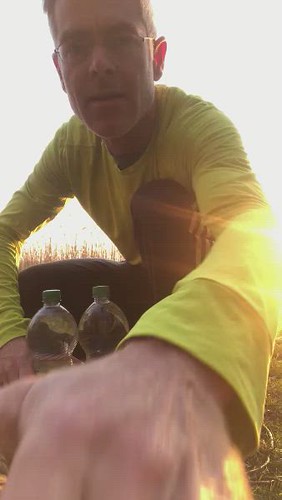
Exercises with a sawed-off tree stump

